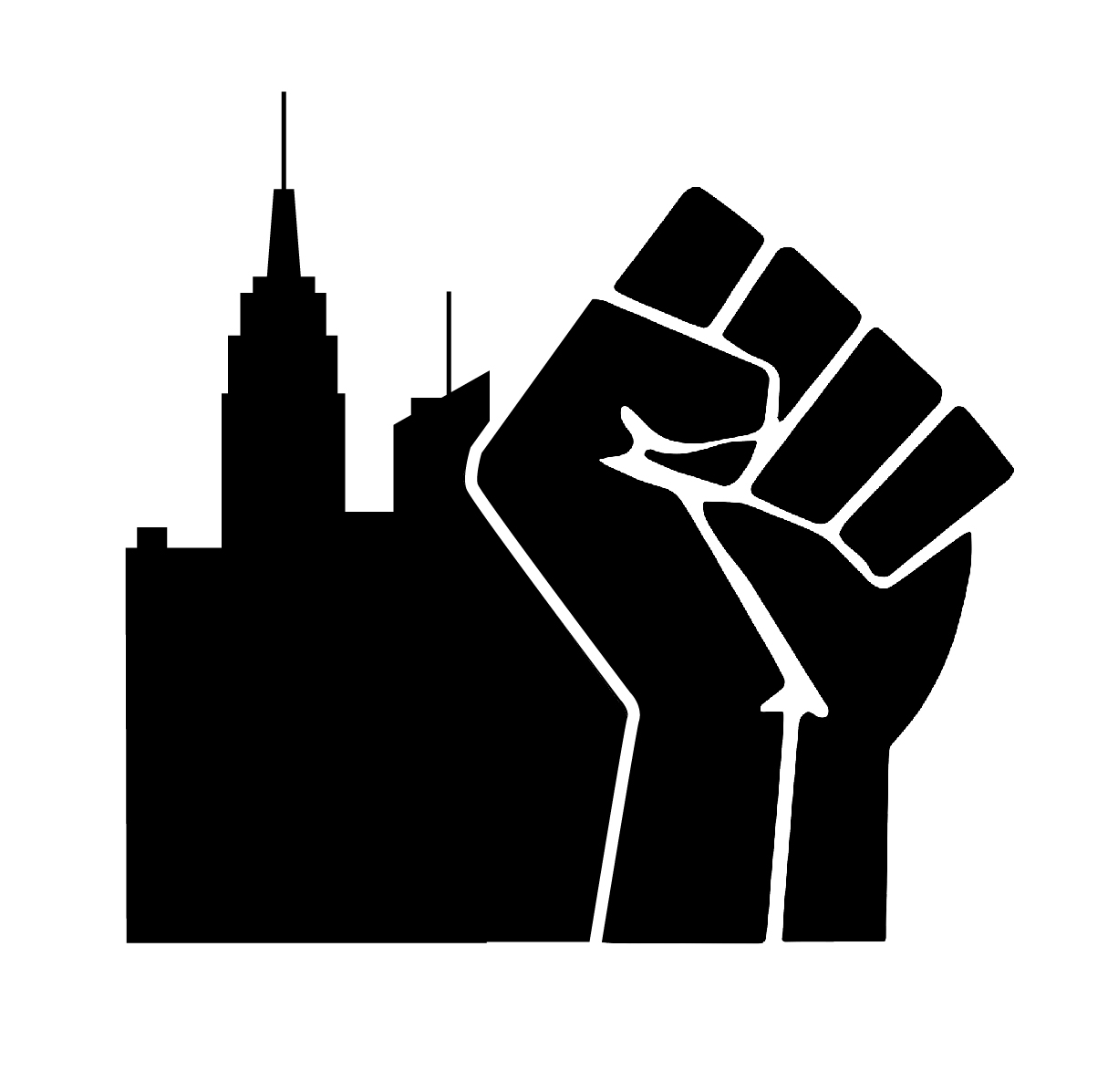In 2015, Marvel Comics announced a revamp of its publishing line dubbed the “All-New, All-Different” Marvel. The initiative replaced the white, male versions of its longstanding superheroes with members of groups underrepresented in the superhero genre. The mantle of Captain America passed from Steve Rogers to the African-American Sam Wilson. The Norse-god Thor was replaced with a female goddess. Miles Morales—an alternate version of Spider-Man of Afro-Latino heritage introduced several years earlier—received new prominence, and the Korean-American teenager Wolfgang Amadeus Cho supplanted Bruce Banner as the Hulk. The titular armor of Iron Man now protected a 15-year-old African American girl named Riri Williams. Just two years later, in 2017, Marvel announced yet another rebranding, known as “Legacy,” that restored most of its characters to their traditional white male identities. Around the time of that announcement, David Gabriel, one of the company’s vice presidents, explained that comic fans “didn’t want any more diversity…. We saw the sales of any character that was diverse, any character that was new, our female characters, anything that was not a core Marvel character, people were turning their nose up against.”
While Gabriel’s comments were widely criticized and refuted, Marvel’s initiatives fueled debate over whether the company was truly interested in diversity or inclusiveness. Missing from this discussion was a crucial component: the role intellectual property law plays in encouraging—or, in this case, discouraging—creativity. The work-for-hire contracts utilized by the comic book industry disincentivize creators from developing innovative works. The comic book industry has a creativity problem, and it is intertwined with its diversity problem.
Innovation Discouraged
For decades, the business practices of the American comic book industry have suppressed originality. The industry’s earliest and most prolific creators—including Jack Kirby, who was responsible for co-creating most of the characters who still drive Marvel’s publishing line today, and Jerry Siegel, the creator of Superman—were embittered and angry about the lack of remuneration from their ideas. Seeking just restitution, these creators and their heirs sought to reclaim the ownership of their characters under termination of transfer—a provision of the Copyright Act of 1976 intended to benefit creators who signed away the rights to their work before realizing how much it was worth. For various reasons, however, their efforts were largely thwarted in the resulting legal battles.
Later generations of creators, witnessing the struggles of their forebears, learned a lesson and refrained from developing new characters, understanding that they too would likely not share in the financial benefits from their ideas. “I didn't want to create characters that much,” said Roy Thomas, one of Marvel’s best-known and most prolific writers in the 1970s and 80s. “I knew I would get resentful if they ever made movies and TV shows and merchandising out of it that I didn't get money and credit for.” Similarly, writer Mark Millar, who has written more recent storylines for Marvel, has said “I try not to create new characters for Marvel or DC. I try to just do spins on their existing characters so they can’t make a movie based on something I’ve created.”
This unwillingness to innovate led to a dearth of new characters. The driving characters in Marvel’s publishing line remain largely the same today as they were in the 1960s, including Captain America, Thor, Spider-Man, the Hulk, and Iron Man. These characters, created in the media landscape of the 1940s and the 1960s, were all white men. Efforts to diversify the line were underway as early as the 1960s, when Kirby created the African hero Black Panther. During the 1970s, however, comic creators, disenchanted by the struggles of their forebears, focused increasingly on working with already-developed properties, and efforts to create new characters—diverse or otherwise—ground to a halt.
the “Legacy Heroes” Approach
Instead, publishers make use of “legacy heroes”—instances where the mantle of a particular superhero is passed from its original bearer to a successor. The problem with legacy heroes—whether introduced to bolster diversity or otherwise—is that they are transitory; inevitably, the replacement heroes step aside for the return of the original characters. A vicious cycle thus emerges, where writers unwilling to create new superheroes focus their efforts to foster diversity around legacy heroes, who eventually cede their roles back to the character’s original, white identity. Even some Marvel writers have admitted that the company appeared to be setting its own characters up to fail. G. Willow Wilson, who created Kamala Kahn, a Pakistani-American teenager who supplanted the white Carol Danvers as Ms. Marvel—one of the rare legacy heroes to find success apart from their predecessor—wrote on Twitter that “launching a legacy character by killing off or humiliating the original character sets the legacy character up for failure. Who wants a legacy if the legacy is shitty?”
Rather than relying on legacy heroes, Marvel should encourage its writers and artists to create new heroes altogether, and design them to better reflect the cultural norms of the 21st century. Indeed, the most successful, enduring non-white-male characters, like Wonder Woman or the Black Panther, were wholly original (and, not coincidentally, developed before the draught of new characters began in the 1970s).
Copyright Reform
To better incentivize creativity—and, in turn, spur the development of diverse characters that actually have staying power—Congress should revisit the termination-of-transfer and works-for-hire sections of the Copyright Act. While fully unraveling current work-for-hire laws would be untenable, there are myriad ways in which the industry could better meet the goals of copyright law to better reward creators for their efforts. One such possibility is a system of mandatory payments to creators once the value of their creations in the marketplace has been fully determined. Instating such incentives for creators would better embrace the fundamental principles of copyright law, described by the U.S. Copyright Office as to prove “the necessary monetary incentive to write…creative works.” Taking such steps might ensure not only greater remuneration for creators but an opportunity to make an “All-New, All Different” Marvel that would last.

